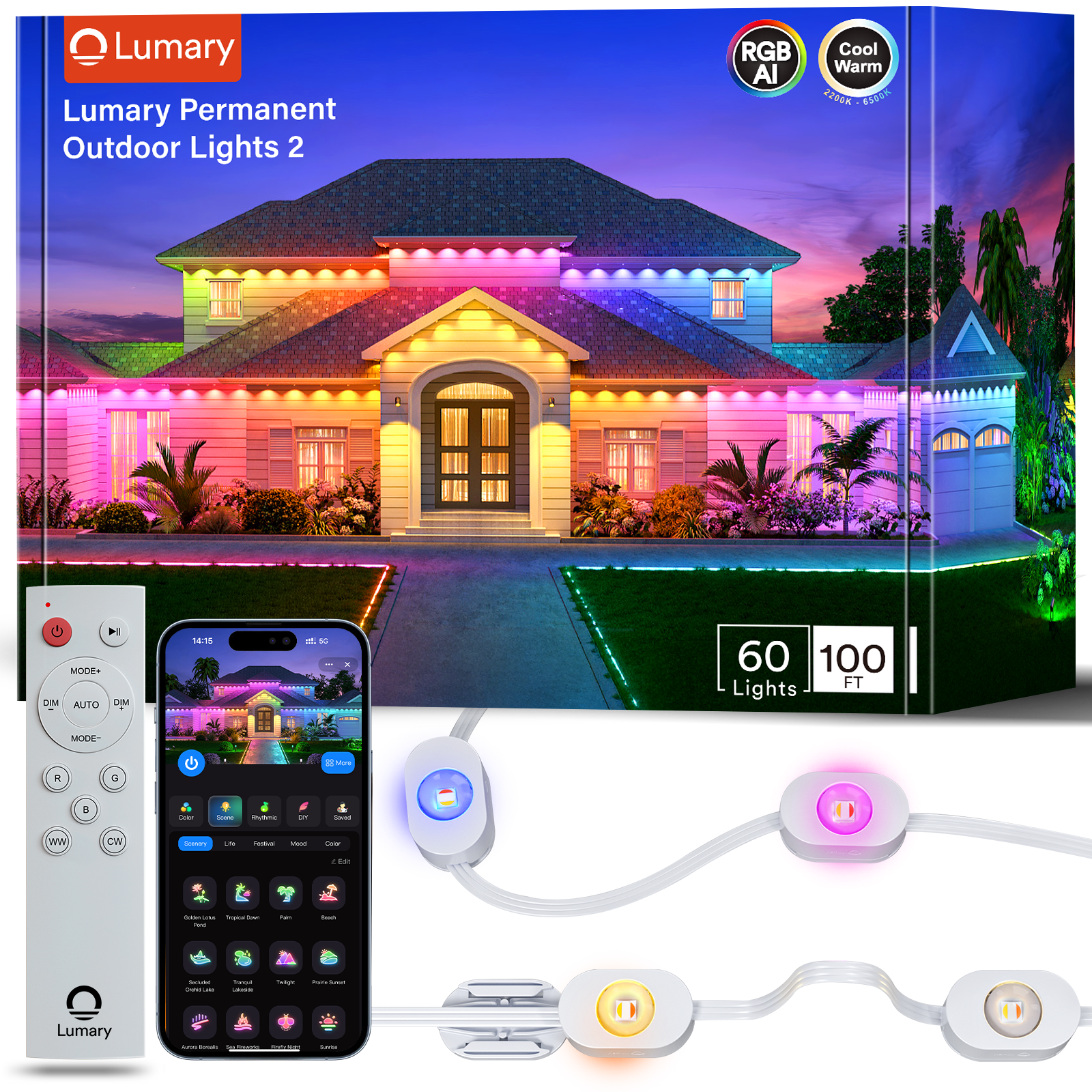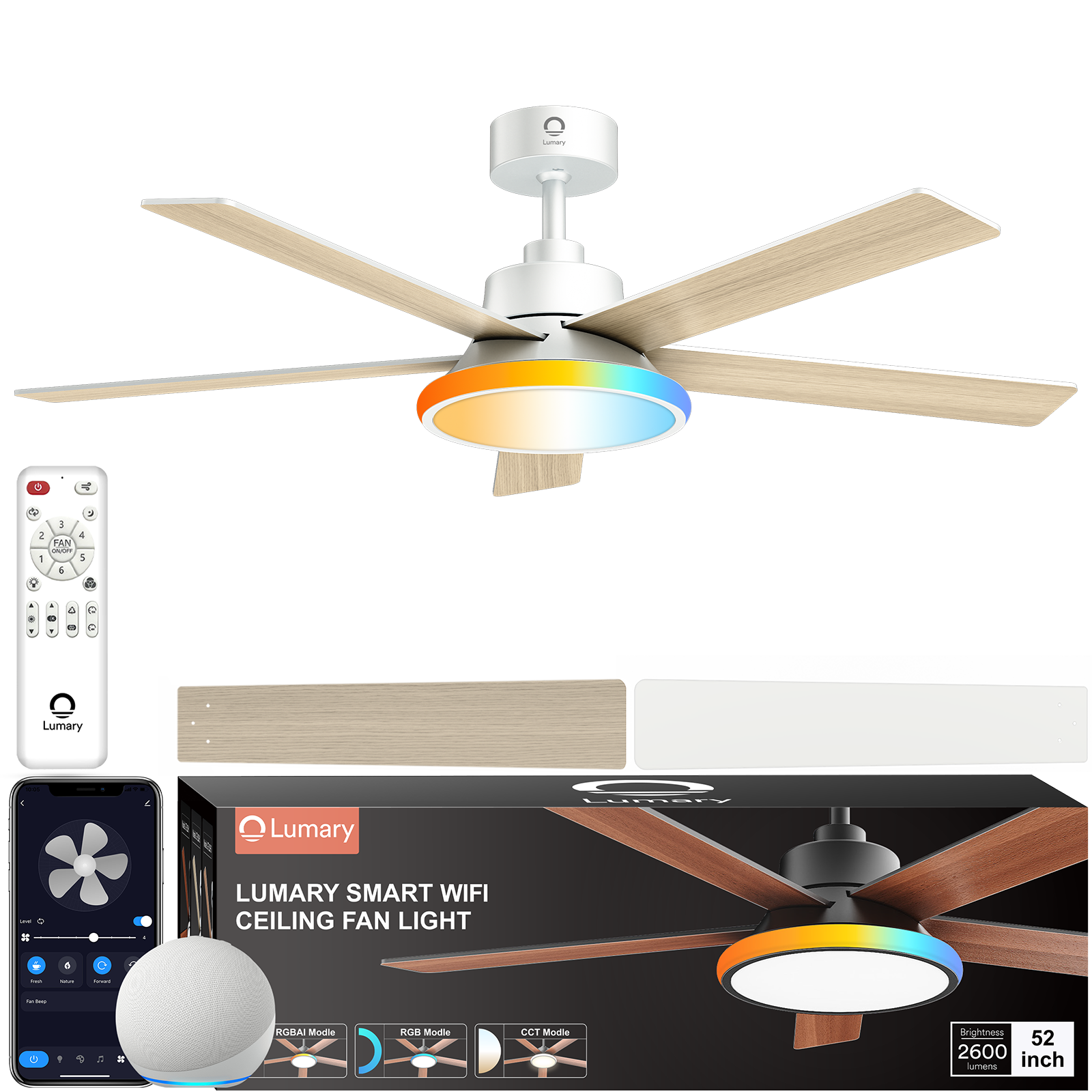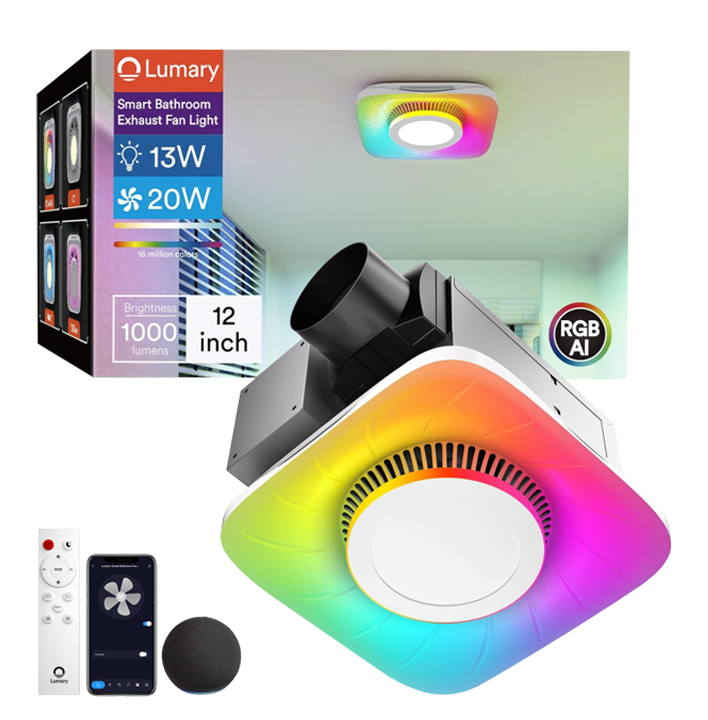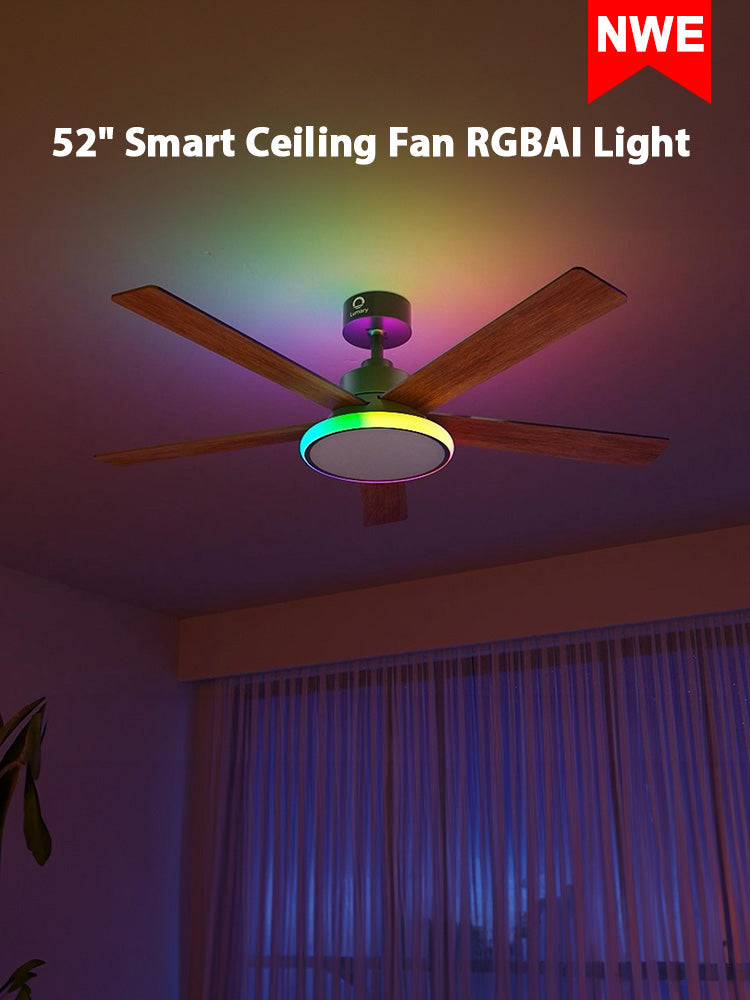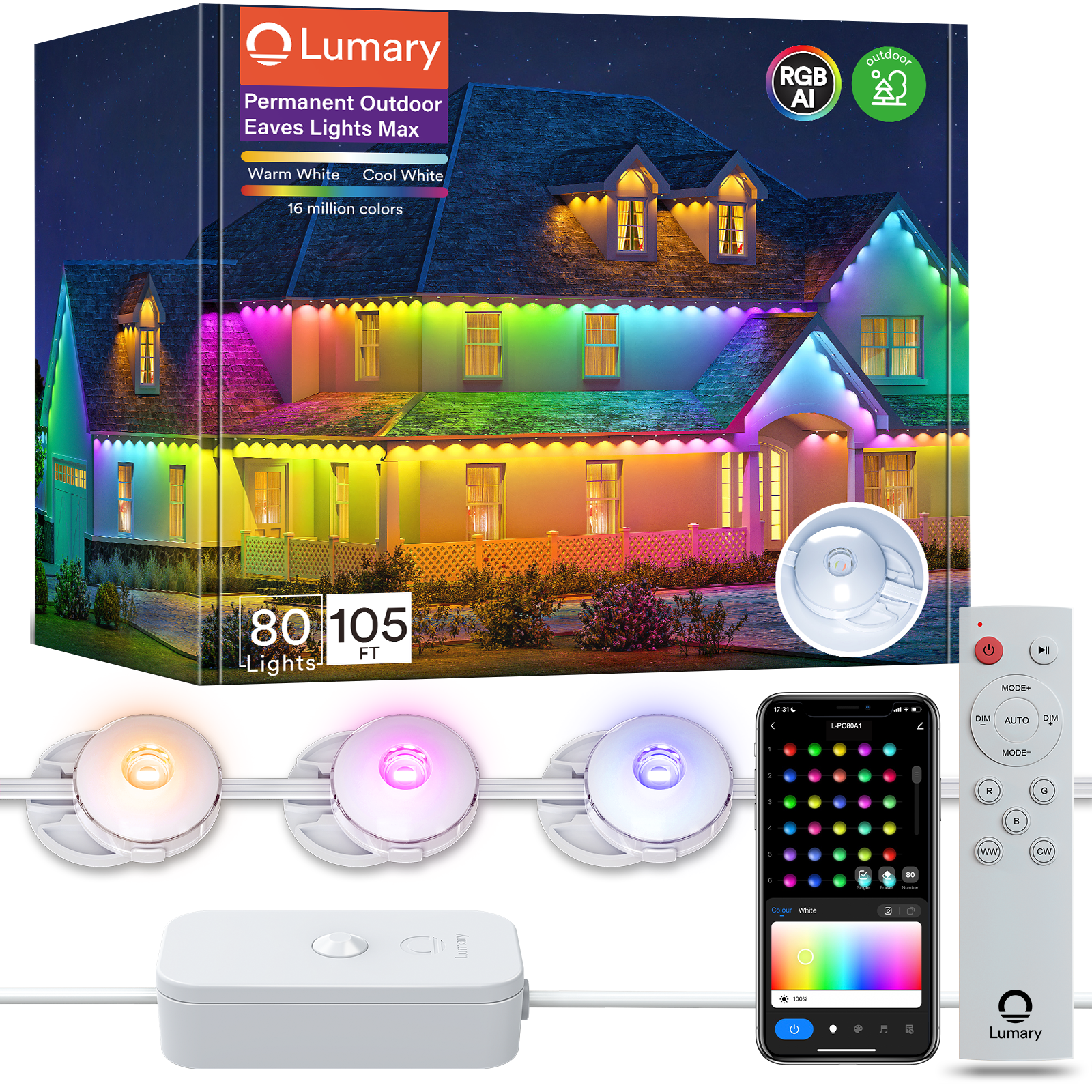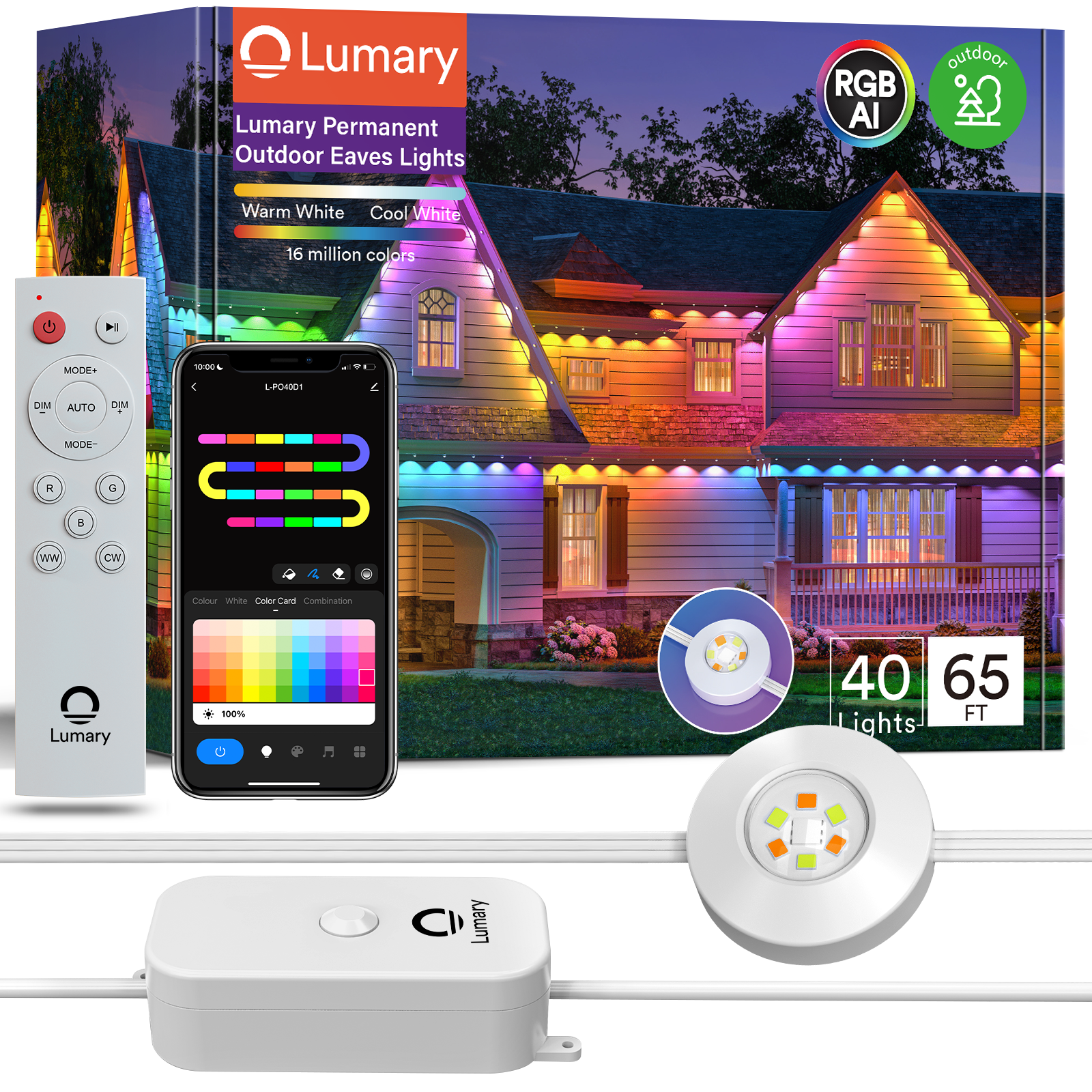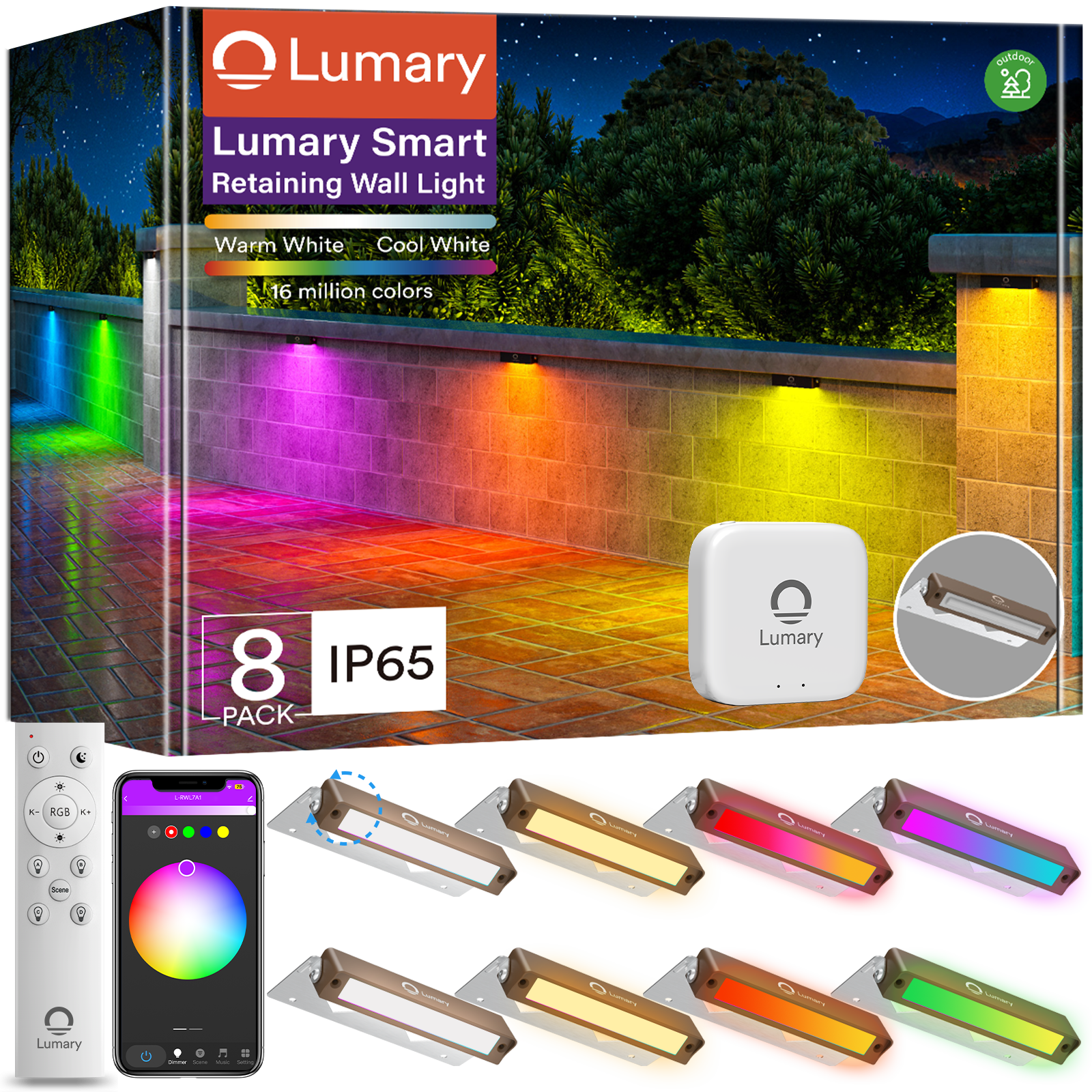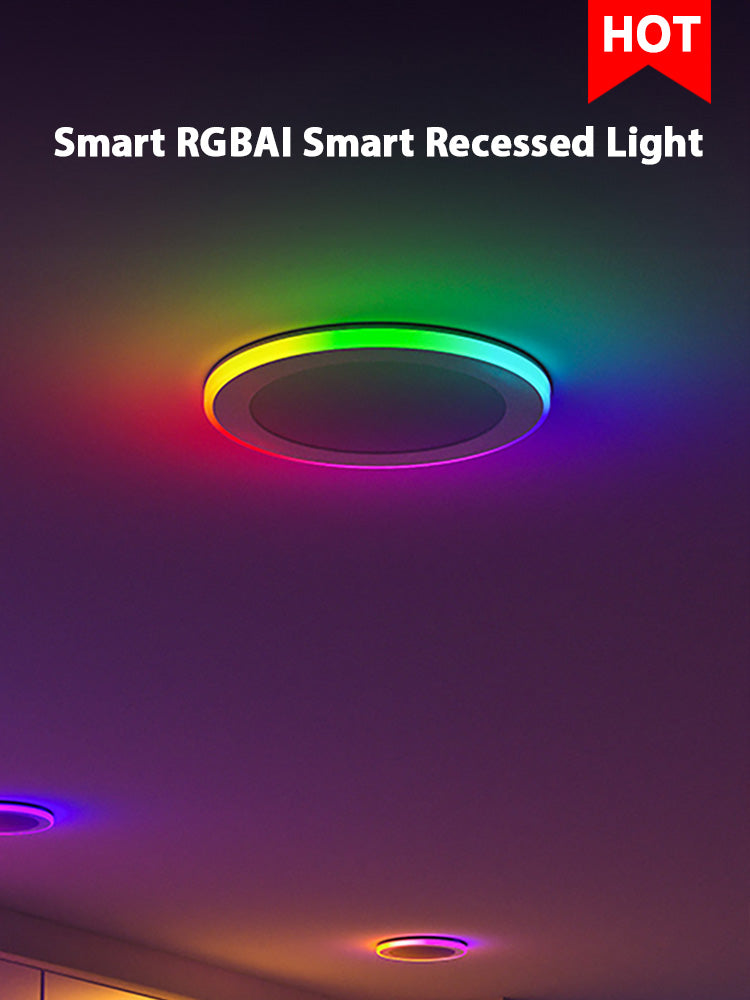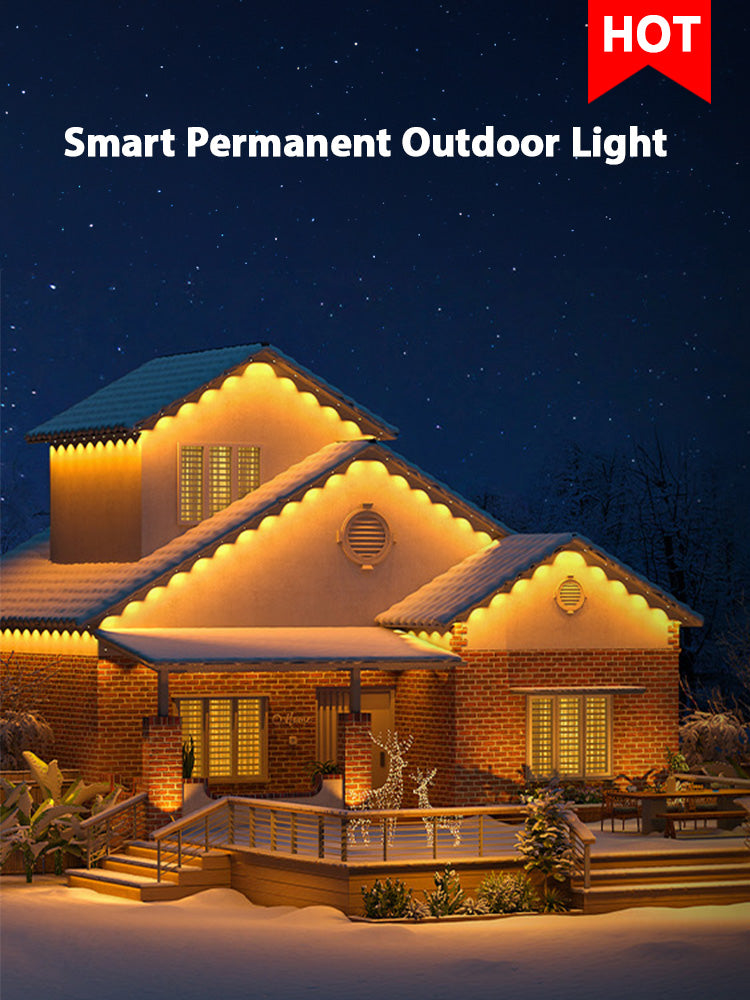LED lighting has revolutionized how you can enhance your home's design and aesthetics. These lights not only transform the look of a room but also improve its functionality. By using up to 85% less energy than traditional bulbs, LED lights offer a sustainable choice for your home. They last longer, saving you money and reducing your carbon footprint. Choosing good LED lights tailored to different room styles ensures that each space reflects your unique taste. Whether you're aiming for a cozy ambiance or a modern flair, the right lighting can make all the difference.
Key Takeaways

-
LED lights are energy-efficient, using up to 85% less energy than traditional bulbs, which can significantly lower your electricity bills.
-
Choose the right color temperature for your space: warmer tones (2700K-3000K) create a cozy atmosphere, while cooler tones (3500K-5000K) are ideal for workspaces.
-
Understanding lumens is crucial; aim for 1,500-3,000 lumens in living areas and 4,000-8,000 lumens in kitchens to achieve the desired brightness.
-
Incorporate dimmable LED lights for versatility, allowing you to adjust brightness based on mood or activity.
-
When selecting LED lights, prioritize quality by checking for certifications like Energy Star and considering user reviews for reliability.
-
Regular maintenance, such as dusting and checking connections, ensures optimal performance and longevity of your LED lights.
-
Experiment with mixing color temperatures and creative accent lighting to enhance the unique aesthetic of eclectic rooms.
Understanding LED Lighting
LED lighting has become a game-changer in home design. Let's dive into why these lights are so beneficial and how you can make the most of them.
Benefits of LED Lighting
Energy Efficiency
LED lights are champions of energy efficiency. They use up to 90% less energy than traditional incandescent bulbs. This means you save on electricity bills while reducing your carbon footprint. Imagine the impact on your wallet and the environment when you switch to LEDs. They consume significantly less power, making them a smart choice for any eco-conscious homeowner.
Longevity and Durability
When it comes to longevity, LED lights outshine the competition. They last between 50,000 to 100,000 hours, far surpassing the lifespan of traditional bulbs. This durability means fewer replacements and less hassle for you. With LEDs, you enjoy consistent lighting without frequent bulb changes, making them a reliable option for your home.
Key Terminology
Understanding some key terms will help you choose the right LED lighting for your space.
Brightness and Lumens
Brightness in LED lights is measured in lumens, not watts. Lumens indicate the amount of light emitted. For instance, a living room might need 1,500-3,000 lumens, while a kitchen could require 4,000-8,000 lumens. Knowing the right brightness and lumens ensures you achieve the desired ambiance in each room.
Color Temperature and Kelvin Scale
Color temperature, measured in Kelvin (K), affects the mood of a room. A lower Kelvin number (around 2700K) gives a warm, cozy glow, perfect for living rooms or bedrooms. Higher Kelvin numbers (like 5000K) provide a cooler, more energizing light, ideal for workspaces or kitchens. Choosing the right color temperature helps set the tone for your space.
Color Rendering Index (CRI)
The Color Rendering Index (CRI) measures how accurately a light source reveals colors compared to natural light. A higher CRI means colors appear more vibrant and true. For spaces where color accuracy is crucial, like art studios or makeup areas, aim for a CRI of 80 or above. This ensures your lighting enhances the natural beauty of your surroundings.
LED Lights for Different Room Aesthetics
Choosing the right LED lights can transform any room into a space that reflects your personal style. Let's explore how you can use LED lighting to enhance different room aesthetics.
Modern Aesthetic Rooms
Modern rooms often feature clean lines and sleek designs. To complement this style, consider the following lighting options:
Recommended Color Temperatures
For a modern aesthetic, aim for a color temperature between 3000K and 4000K. This range offers a neutral white light that enhances the room's contemporary feel without being too harsh.
Ideal Brightness Levels
In modern spaces, balance is key. Aim for ambient lighting that provides around 1,500 to 3,000 lumens. This ensures the room is well-lit without overwhelming the senses.
Dimming Options
Dimmable LED lights are perfect for modern rooms. They allow you to adjust the brightness according to your mood or activity, adding versatility to your lighting setup.
Traditional Aesthetic Rooms
Traditional rooms exude warmth and comfort. Here's how you can use LED lights to enhance this classic style:
Warm Lighting Choices
Opt for LED lights with a color temperature of 2700K to 3000K. This warm glow creates a cozy and inviting atmosphere, perfect for traditional settings.
Accent and Decorative Lighting
Incorporate accent lighting to highlight architectural features or artwork. Decorative downlights can also add a touch of elegance, enhancing the room's overall ambience.
Minimalist Aesthetic Rooms
Minimalist rooms focus on simplicity and functionality. Here's how to achieve this look with LED lighting:

Neutral and Cool Tones
Choose LED lights with neutral or cool tones, around 3500K to 5000K. These tones maintain the room's clean and uncluttered appearance.
Task Lighting Considerations
Task lighting is essential in minimalist spaces. Use LED lights to illuminate specific areas, like reading nooks or workspaces, ensuring functionality without compromising on style.
Eclectic Aesthetic Rooms
Eclectic rooms thrive on diversity and creativity. They blend various styles, colors, and textures to create a unique and personalized space. When it comes to lighting these vibrant spaces, you have the freedom to experiment with different elements.
Mixing Color Temperatures
In an eclectic aesthetic room, mixing color temperatures can add depth and interest. You might combine warm and cool lights to highlight different areas or features. For instance, use a warm 2700K light to create a cozy reading nook, while a cooler 5000K light can illuminate a workspace. This contrast not only enhances the room's visual appeal but also defines distinct zones within the space.
Creative Accent Lighting
Accent lighting plays a crucial role in eclectic rooms. It allows you to spotlight unique decor pieces or architectural details. Consider using LED strip lights to outline shelves or artwork. These lights come in various colors and can be adjusted to match your mood or the room's theme. Additionally, pendant lights or decorative downlights can serve as focal points, drawing attention to specific areas. By incorporating creative accent lighting, you can transform your eclectic room into a dynamic and engaging environment.
LED lights offer endless possibilities for eclectic spaces. Their versatility and energy efficiency make them an ideal choice for those looking to express their individuality through lighting. Whether you're highlighting a vintage piece or adding a splash of color, LED accent lighting can elevate your room's aesthetic to new heights.
Practical Tips for Choosing Good LED Lights
Choosing the best LED light for your room can feel overwhelming with so many options available. But don't worry! Here are some practical tips to help you make the right choice.
Selecting Quality LED Products
When you're on the hunt for good LED lights, it's crucial to focus on quality. Here's how you can ensure you're getting the best:
Checking Certifications and Ratings
Always check for certifications and ratings when selecting LED lights. Look for labels like Energy Star or UL certification. These labels guarantee that the product meets safety and efficiency standards. User reviews and recommendations can also provide valuable insights into the product's performance and reliability. They often highlight real-world experiences, helping you make an informed decision.
Understanding Warranty and Lifespan
A good warranty is a sign of a reliable product. It shows that the manufacturer stands behind their LED lights. Check the lifespan of the lights too. Quality LEDs should last between 50,000 to 100,000 hours. This longevity means fewer replacements and more savings in the long run. User reviews and recommendations often mention the durability of the product, giving you a clearer picture of what to expect.
Installation Advice
Once you've chosen your LED lights, it's time to think about installation. Here are some tips to guide you:
DIY vs. Professional Installation
Decide whether you want to install the lights yourself or hire a professional. DIY installation can save money, but it requires some technical know-how. If you're not comfortable with electrical work, hiring a professional ensures safety and proper installation. They can also offer advice on the best placement for optimal lighting.
Safety Considerations
Safety should always be a priority when installing LED lights. Make sure to turn off the power before starting any installation. Use the right tools and follow the manufacturer's instructions carefully. If you're unsure about any step, consult a professional. Proper installation not only ensures safety but also enhances the overall design and functionality of your lighting setup.
By following these tips, you can confidently choose and install good LED lights that enhance your room's aesthetics and functionality. Remember, the right lighting can transform any space, making it both beautiful and practical.
Matching LED lighting to your room's style and aesthetics is crucial. It enhances the overall vibe and functionality of your space. Don't hesitate to experiment with different lighting setups. Try mixing color temperatures or using dimmable features to create diverse lighting moods. Remember, maintaining your LED lights is key. Regularly check for dust and ensure connections are secure. When upgrading, consider energy-efficient options that suit your aesthetic room. This way, you keep your space both stylish and practical.
FAQ
What are the main benefits of using LED lights in my home?
LED lights offer several advantages for your home. They are energy-efficient, using up to 85% less energy than traditional bulbs. This efficiency helps you save on electricity bills. LEDs also have a longer lifespan, reducing the need for frequent replacements. Their versatility in design and color options allows you to create various moods and atmospheres, enhancing your home's aesthetics.
How do I choose the right LED light for different rooms?
When selecting LED lights, consider the purpose and mood you want to create in each room. For ambient lighting, aim for 20-30 lumens per square foot. Task lighting requires 50-75 lumens per square foot. Understanding lumens rather than watts is crucial for selecting the right brightness. For example, living rooms typically need 1,500-3,000 lumens, while kitchens require 4,000-8,000 lumens.
What is the difference between RGB and RGBW LED lights?
RGB LED lights combine red, green, and blue colors to create a wide range of colors. RGBW lights include an additional white LED, allowing for more natural and vibrant color displays. RGBW lights are ideal for creating colorful ambiances in bedrooms and aesthetic rooms.
How does color temperature affect the mood of a room?
Color temperature, measured in Kelvin (K), influences the room's mood. Lower Kelvin numbers (around 2700K) produce a warm, cozy glow, perfect for living rooms or bedrooms. Higher Kelvin numbers (like 5000K) provide a cooler, more energizing light, suitable for workspaces or kitchens.
Can LED lights be used for outdoor spaces?
Yes, LED lights are excellent for outdoor spaces. Products like the Lumary RGBAI Smart Outdoor Lights Bar offer advanced LED technology with a wide beam angle, making them ideal for patios, gardens, and outdoor events. These lights are also durable and weather-resistant, ensuring they withstand the elements.
How do I ensure the quality of LED lights before purchasing?
To ensure quality, check for certifications and ratings like Energy Star or UL certification. These labels guarantee safety and efficiency standards. Also, consider user reviews and recommendations for insights into the product's performance and reliability.
Are LED lights safe to install myself?
You can install LED lights yourself if you have some technical know-how. However, if you're not comfortable with electrical work, hiring a professional ensures safety and proper installation. Always prioritize safety by turning off the power before starting any installation.
How can I maintain my LED lights for optimal performance?
Regular maintenance is key to keeping your LED lights in top condition. Check for dust and ensure connections are secure. When upgrading, consider energy-efficient options that suit your room's aesthetic. This approach keeps your space stylish and practical.

